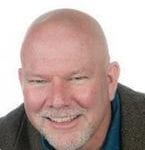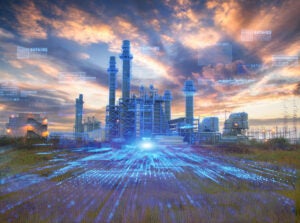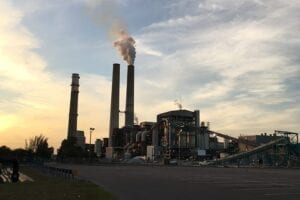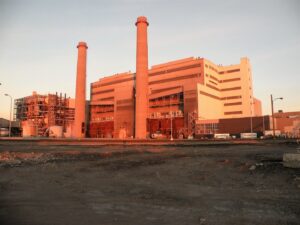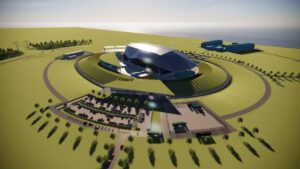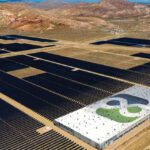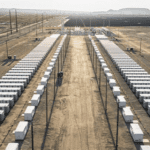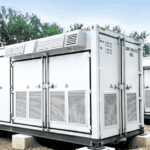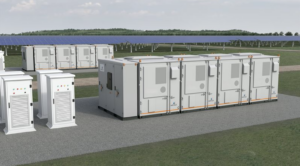
Technology group Wärtsilä said the company will deliver the largest DC-coupled hybrid battery energy storage system (BESS) in the National Electricity Market (NEM) in Australia, reflecting a growing trend toward hybridization of storage assets with co-located renewable generation.
Wärtsilä on October 27 said the installation will be the group’s second DC-coupled project in the country. The company said the system will be Wärtsilä’s ninth BESS site in Australia, expanding the company’s local footprint there to 1.5 GW/5.5 GWh of capacity. The project is expected to be operational in 2028. Officials on Monday said the system will contribute directly to Australia’s target of net-zero emissions from the energy sector by 2045. Wärtsilä said it will book the order in the current quarter.
Want to learn more about energy storage and Wartsila’s work in the sector? Risto Paldanius, vice president, Americas, for Wartsila North America, will discuss the technology as part of an industry panel at POWER’s Experience POWER event in Denver, Colorado, on October 29. There’s still time to register for the three-day event; learn more at the conference website.
Energy analysts have told POWER that DC-coupled projects represent a shift in the future of renewable energy integration. Engineers have said that by directly coupling solar generation with battery storage through a DC/DC converter, the architecture minimizes energy losses to capture solar power that would otherwise be curtailed. The hybrid set-up significantly improves project economics, system efficiency, and overall stability of the power grid.
Wärtsilä said the project has secured approval for its Generator Performance Standards (GPS), which the company called “a critical milestone in integrating renewable generation and storage at scale. Securing GPS approval was crucial to ensure the successful design and approval of the innovative DC-coupled hybrid system, with Wärtsilä’s optimization technology playing a central role.” The project is supported by a 20-year service agreement.
“This project is significantly larger than our earlier DC-coupled project, underscoring the need for this type of technology in expanding at scale,” said David Hebert, vice president of Global Sales Management, Wärtsilä Energy Storage. “It’s particularly exciting to work on the largest DC-coupled project in the country; DC-coupled technology is a breakthrough for hybrid renewable plants and a critical step towards establishing a financially viable renewable energy future. The project is a prime example of how hybrid renewable energy and storage solutions can help stabilise Australia’s grid while advancing decarbonisation goals.”
Wärtsilä’s intelligent controls and optimisation software, GEMS, will sit at the forefront of the project, managing the integration of both the energy storage system and solar assets with the grid’s connection requirements. The GEMS Hybrid Power Plant Controller (PPC) ensures coordination between the solar farm and storage system. The system conducts intelligent power control and optimized energy management operations for the entire plant to meet grid requirements and response times, charge and discharge the battery appropriately, and maximize project value.
—Darrell Proctor is a senior editor for POWER.

